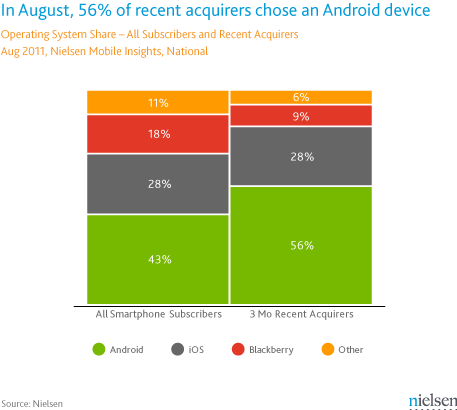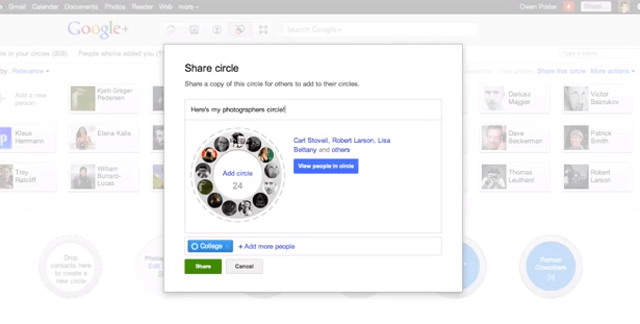
How clean is my pouch? (Image: Tom Brakefield/Getty)
IF MODERN medicine cannot provide an answer to multidrug-resistant microbes, perhaps ancient animals can. Biologists have resurrected a mammalian antimicrobial compound that was last seen on Earth 59 million years ago when mammals were recovering from the Cretaceous-Tertiary extinction that wiped out the dinosaurs. Even now it is potent enough to destroy some of our most troublesome pathogens.
Last year the Infectious Diseases Society of America launched an initiative with the aim of producing 10 antibiotics to tackle multidrug-resistant bugs by 2020. The lower reaches of the tree of life are being explored for those antibiotics, says Ben Cocks of La Trobe University in Bundoora, Australia.
Such an approach is effective because these molecules are so simple, says Cocks. Conventional antibiotics target precise flaws in a pathogen's armour, such as a particular enzyme. This is similar to how the adaptive immune system found in vertebrates works: it learns how to fight a new pathogen and then remembers the lesson for future battles. The trouble is that the pathogens patch their armour, requiring the immune system - and drug companies - to identify new weaknesses.
Cocks says this evolutionary arms race can be side-stepped by falling back on the cruder innate immune system that is found in all plants and animals - and which has largely been ignored in our fight with multidrug-resistant pathogens.
The molecules of the innate immune system use simple chemistry to target the lipids in cell membranes. They can either disrupt and weaken bacterial membranes, or subtly alter the properties of the host's healthy cells so that pathogens can no longer attack them.
But there's a problem: animals with the strongest innate immune systems tend to be so distantly related to humans that molecules taken from them can have toxic effects in humans. Cocks's solution is to study the mammals with the best innate immune systems, the molecules of which are more likely to be compatible with humans. His work has taken him inside the wallaby's pouch.
As marsupials, wallabies give birth to young at a much earlier stage in their development than placental mammals. For example, the tammar wallaby,Macropus eugenii, is born after 26 days, equivalent to a 6-week-old human fetus. The tiny wallabies then crawl into their mother's pouch to grow larger. "It's not a clean environment," says Cocks. Bacteria closely related to the superbugs affecting humans in hospitals have been found in the wallaby pouch. But the baby wallabies are so underdeveloped that they lack an adaptive immune system to fight them; their survival depends on their innate immune system.
Cocks's team scoured the wallaby genome and found genes that code for 14 cathelicidin peptides, a component of the innate immune system. Lab tests revealed that many of the peptides could kill a range of multidrug-resistant pathogens - without damaging human cells.
The team noticed that genes in five of the cathelicidins were remarkably similar and probably evolved from a single ancestor. "We thought that the ancestral form would have a special broad-range activity," says Cocks.
Using the changes within the five peptides, Cocks and his collaborators at the University of Sydney, Australia, worked backwards to predict the genetic sequence that codes for the original peptide. His team then used it to produce a synthetic version of the peptide, effectively resurrecting it.
"The amazing thing was that it worked well against a broad range of pathogens," he says. Lab tests showed it destroyed six of seven multidrug-resistant bacteria, and was 10 to 30 times more potent than modern antibiotics such as tetracycline (PLoS One, DOI: 10.1371/journal.pone.0024030). "This is really significant," Cocks says. "Now we have access to ancient peptides for future drug development."
Damian Dowling at Monash University in Melbourne, Australia, says some ancient and extinct peptides might be more effective than those found in living creatures because bacteria haven't been exposed to them for millions of years. "Even if the bacteria once developed resistance against the peptide, it has probably lost it," he says.








